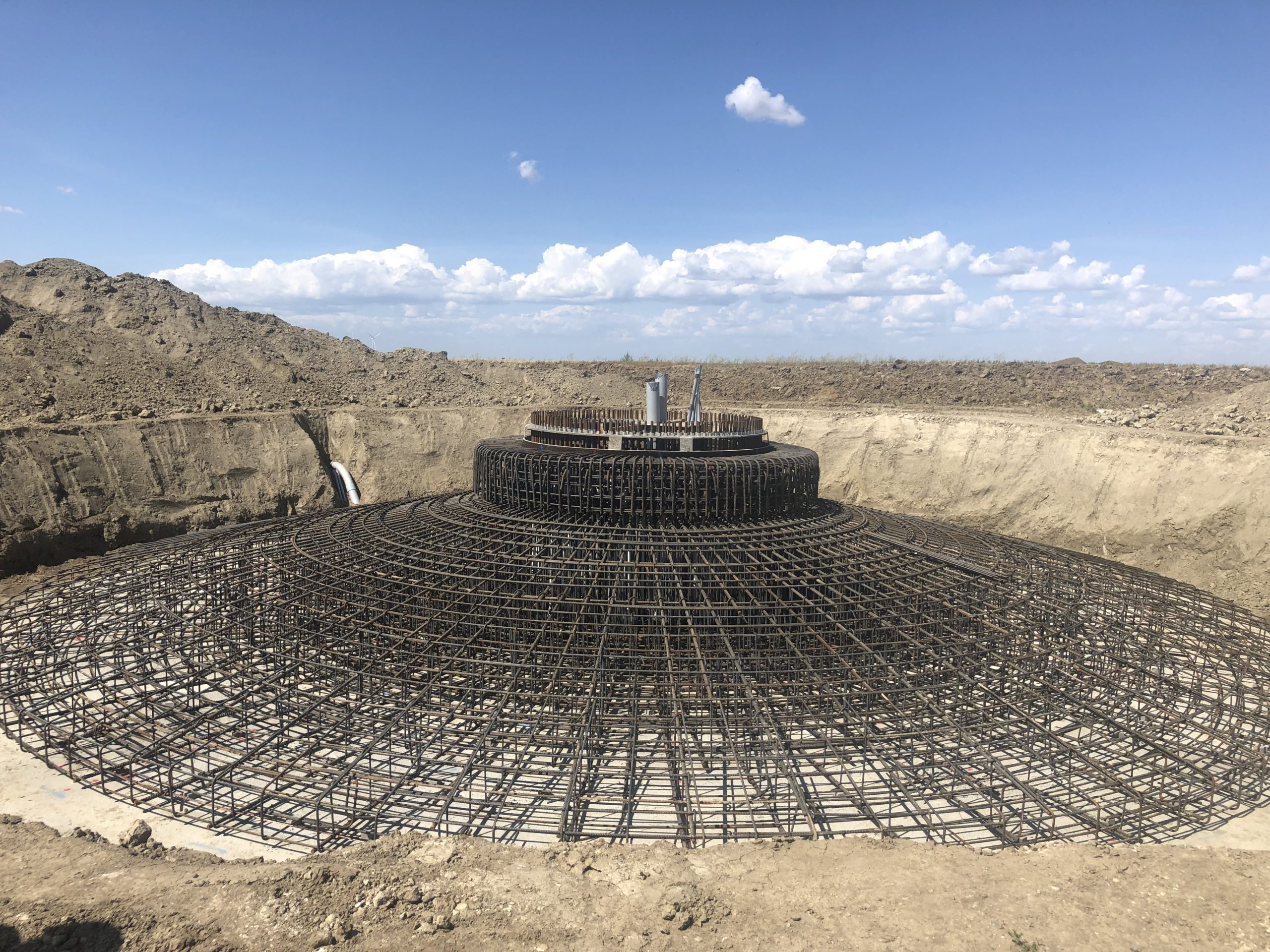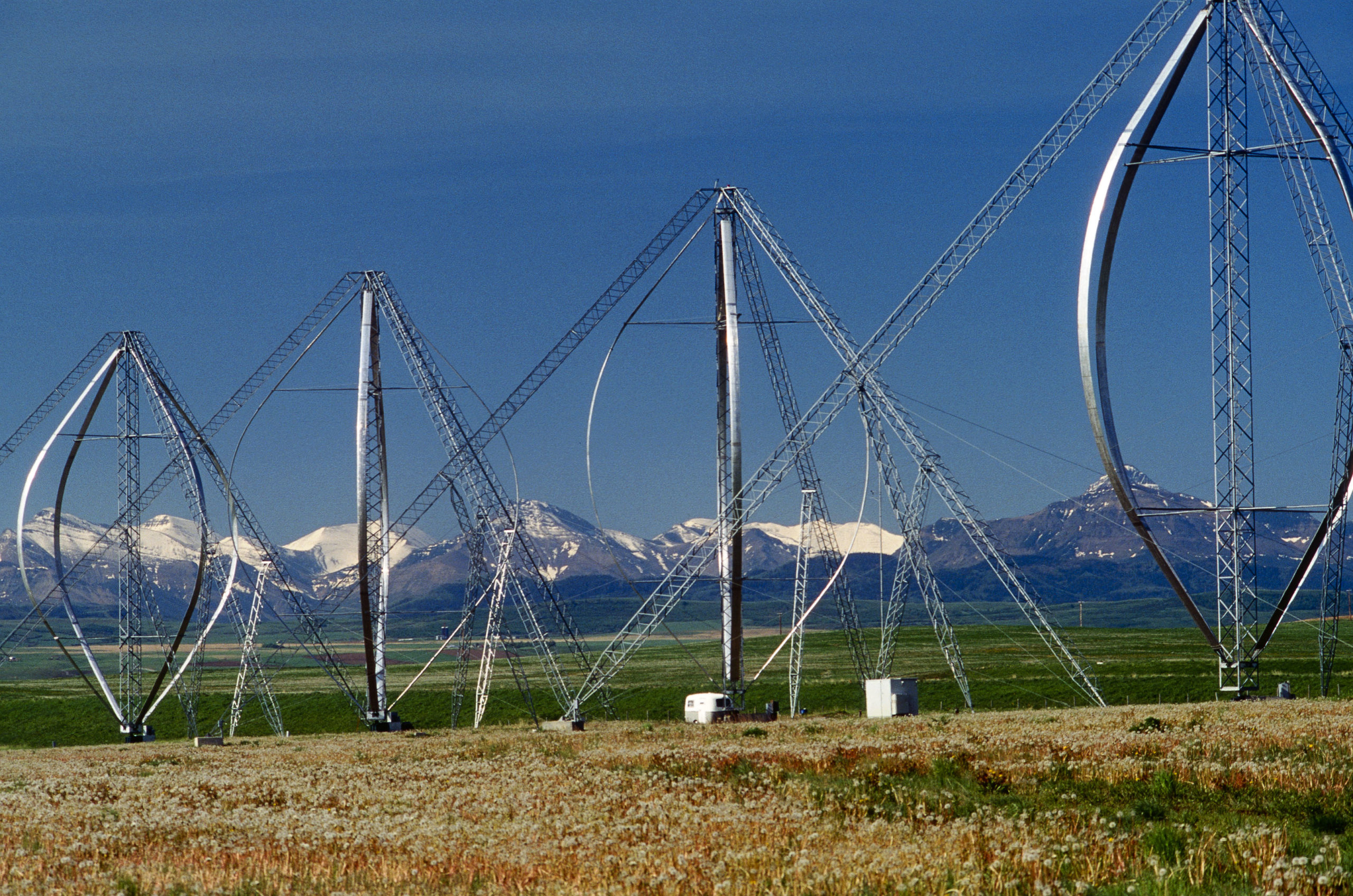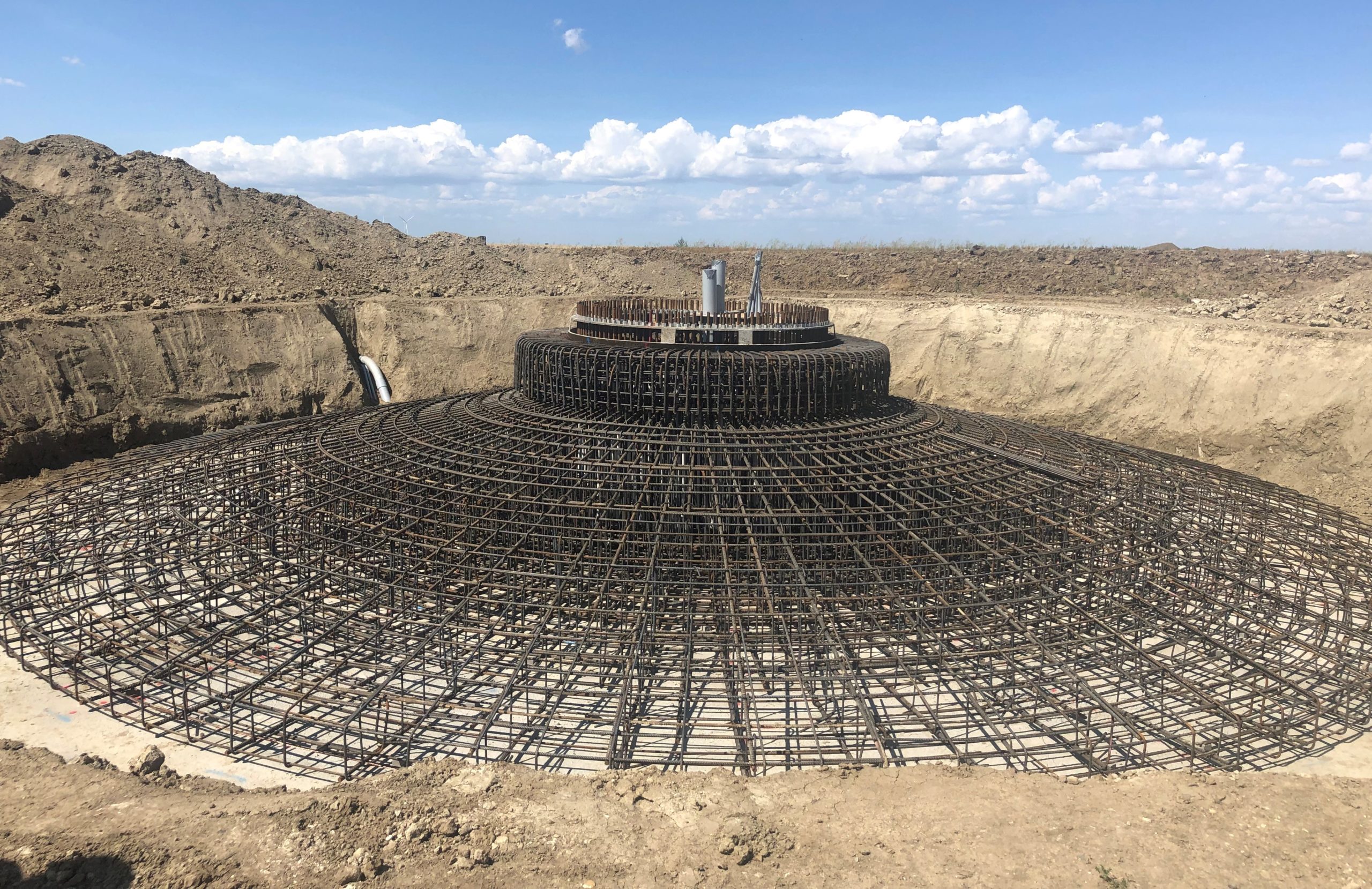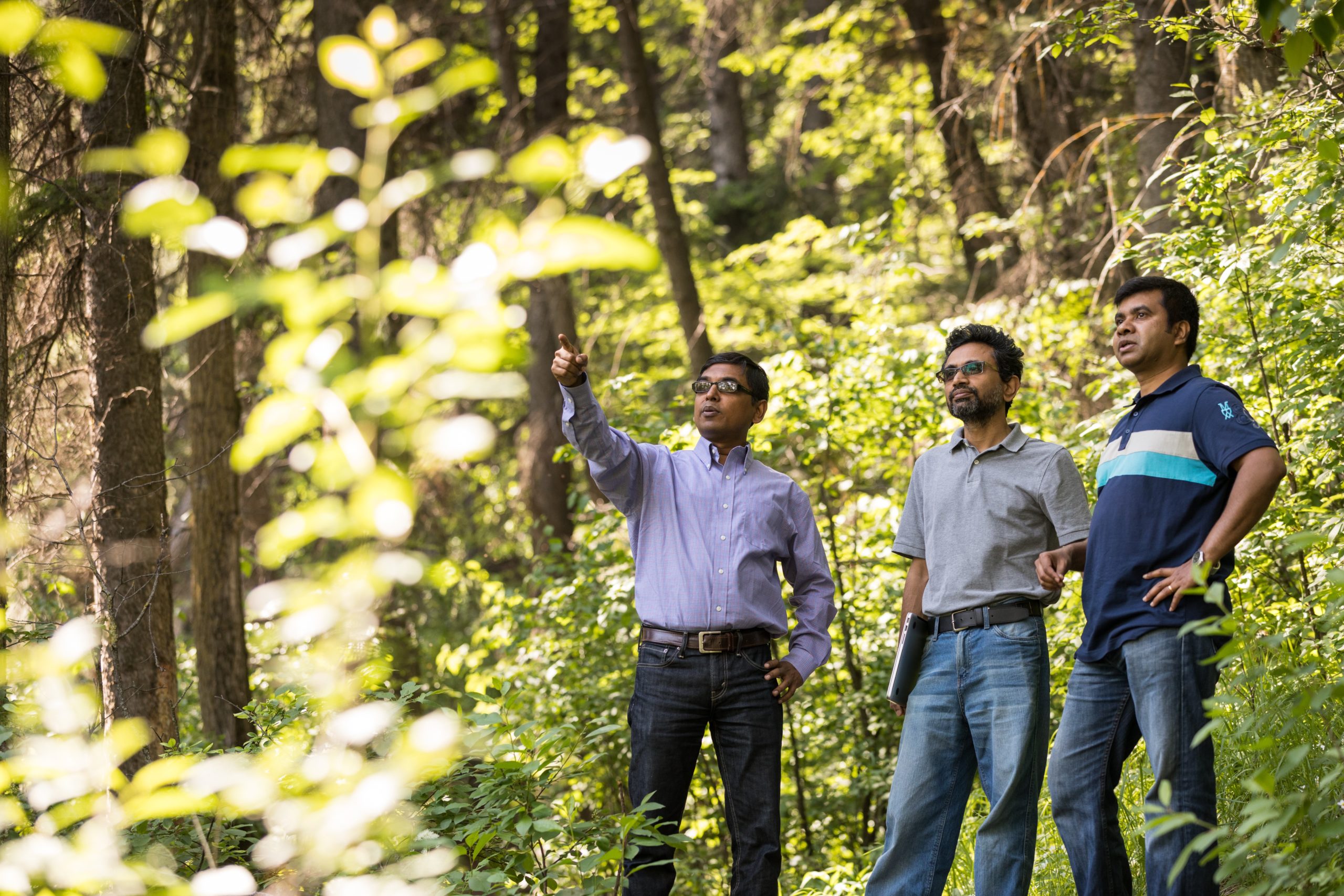Photo courtesy of Capital Power
Catch the Wind, Generate Power
The west winds of southwest Alberta are legendary.
Bad hair days aside, they’ve done some serious damage, like toppling irrigation lines and sending vehicles into the ditch.
Winds are useful, too, of course. They disperse seeds, dry crops, and provide passage for birds, for example. But was there more they could do for people and the planet?
Certainly. Around the mid-1980s, governments and corporations began looking at the construction of wind farms to harness all that invisible energy and turn it into electricity.
In 1989, Alberta Energy established the Southwest Alberta Renewable Energy Initiative, a 10-year program to boost alternative energy technology development—and investment—in the province. Computer simulation models were completed, mapping the speed and direction of wind in different regions.
Funding went to several large-scale wind energy projects, including a pilot near Pincher Creek capable of producing 1.5 megawatts of power. The demonstration site tested 10 vertical–axis turbines, which were designed using four vertical blades that swirled around like an eggbeater.
Pincher Creek was an ideal location for tests like that one. Strong airstreams from the nearby Rockies consistently blow down the Oldman River and Castle River valleys, making it one of the windiest regions in Alberta.
So windy, in fact, that developers chose a site 13 kilometres northwest of Pincher Creek to construct Canada’s first utility-scale wind farm. Cowley Ridge, built in two phases in 1993 and 1994, was a pioneering venture consisting of 52 lattice-style turbines rising 24.5 metres above the landscape. The futuristic-looking metal structures used the latest technology and could each produce 360 kilowatts of energy.
Cowley Ridge spawned a new industry, prompting further wind energy developments across the province’s southwest.
Today, Alberta is home to more than three dozen wind projects with a net generating capacity of 1,780 megawatts. Several new projects underway will add another 1,360 megawatts of capacity to the province’s electrical grid.
Through it all, professional engineers have helped take the province’s wind energy industry from concept to commercially viable to competitive.
One of them is Brad Heintz, P.Eng. He led development of Capital Power’s 201.6-megawatt Whitla Wind farm near Bow Island in Forty Mile County, which came online in late 2019.
Brad Heintz, P.Eng., foresees a day when Alberta engineers will be world leaders in the design and manufacture of wind turbines, and in the development of critical wind energy storage solutions.

Photo courtesy Capital Power
Phase one features 56 turbines with blade diameters of 136 metres. The structures stand 105 metres and can power up to 67,000 homes annually. The foundation for each turbine required 400 to 500 cubic metres of concrete to build—about 50 truckloads each. A second phase, with 30 turbines and a 97.2-megawatt capacity, is in the works.
Whitla Wind is the second Alberta wind project for Capital Power since 2012, when Halkirk Wind began operations near Stettler.
APEGA professionals have been key to their success.
“Engineers play a critical role in all facets of the wind industry, from business development into operations,” notes Heintz.
At Capital Power, for example, engineers have been involved in wind farm permitting and site selection, budgeting, construction contracts, engineering design review, construction management, data analysis, and the management of service agreements.
While the turbine technology itself is typically developed overseas, Heintz foresees a day when Alberta’s professional engineers will be world leaders in the design and manufacture of turbines. They’ll also be leaders in the development of critical wind energy storage systems. Storage is important because winds are intermittent—they can’t be cranked up whenever demand is high, like a coal-fired plant can.
“This can be accomplished by capitalizing on our current manufacturing capabilities—established for the oil and gas industry—and by investing in automation, data analysis, and artificial intelligence,” he says.
Heintz has worked in renewable energy for 10 years. He’s looking forward to seeing what the future holds in the next decade and beyond.
“The wind industry, and renewables overall, are continuing to gain market share,” he notes. “With the continued retirement of coal generation, implementation of renewable energy regulations in the United States, and the focus on carbon reduction in Canada, there is great potential for additional growth.”
One of 56 wind turbine foundations at the Whitla Wind development, before concrete was poured.

Photo courtesy Capital Power
Vertical-axis turbines were tested near Pincher Creek in the early 1990s. The four vertical blades swirled around like an eggbeater.

Photo by Paul Gipe/www.windworks.org
The first blade arrives on site at the Whitla Wind project near Bow Island.

Photo courtesy Capital Power
Suncor’s Magrath Wind Power Project in southern Alberta has 20 wind turbines, which offset about 82,000 tonnes of carbon dioxide per year.

Photo courtesy of Suncor Energy
Cowley Ridge: Chasing the Wind
Halkirk Wind near Castor – Darcy Trufyn, P.Eng., talks about wind energy.
Drone footage of Magrath wind farm



